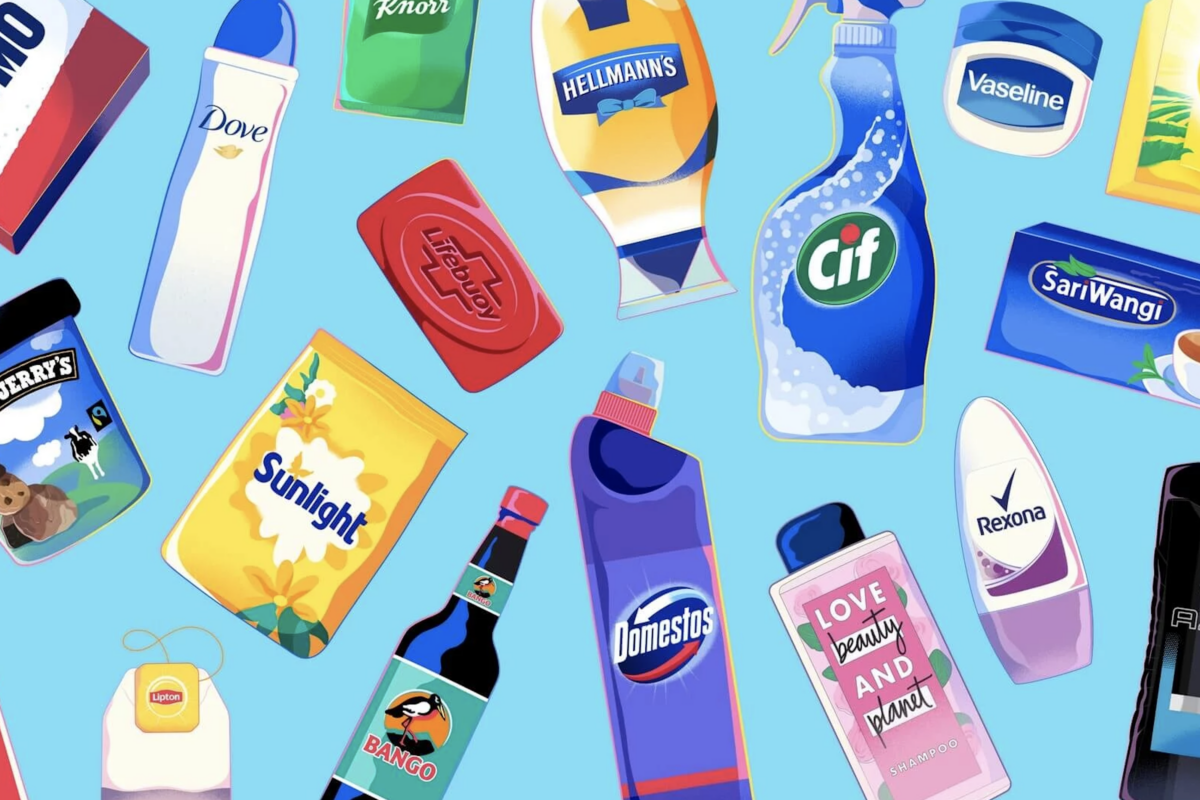Last Sunday, GM announced plans to introduce a new car brand into the Chinese market. Baojun – which means “treasured horse” in Mandarin – will go on sale later this year. Shen Yang, the general manager of SAIC-GM-Wuling, the joint venture responsible for the new car, was brimming with enthusiasm on launch day: “Baojun is being positioned as a reliable partner with an image that is confident, smart and dependable”. It all sounds very exciting but marketers with long memories might take the news with some degree of skepticism.
Only 18 months ago, GM was on the verge of disaster thanks to an over-sized portfolio of a dozen automotive brands. No bad thing you might think – after all there are many companies like Procter & Gamble or LVMH that manage much larger portfolios than twelve. GM, however, made the classic error of targeting the same brands at the same segments with the same positioning. Back in 2006, for example, it was not unusual to see Saturn, Buick, Pontiac, Chevrolet and GMC all competing on price to snare the same American consumer. The result was a company with huge marketing costs, poor margins and an abject lack of differentiation across its loss-making portfolio.
Meanwhile better-run competitors like Toyota and BMW used more parsimonious brand architecture to ensure superior levels of differentiation and profitability. In the end President Obama had to step in and save GM from bankruptcy with a $50bn injection of taxpayers’ money and a specific demand that GM shed some of its weaker brands. The company has since sold Saab, closed Saturn, Pontiac and Hummer and begun to make a profit again in the US as a result.
But while GM might be down to four core brands in the US, Baojun marks the company’s seventh brand in a Chinese portfolio that also includes Buick, Cadillac, Chevrolet, Opel, Wuling and Jiefang. GM China president Kevin Wale rejects any notion that his latest brand will detract from the existing portfolio: “The introduction of Baojun is part of GM’s multi-brand strategy in China. Baojun will complement our other brands sold in China; it will enable us to better address the increasingly segmented Chinese vehicle market.”
So will Baojun complement or cannibalize the existing GM portfolio? To answer that question we must first examine GM’s Chinese market segments. The only case you can ever make for introducing a new brand into your portfolio is if a juicy new segment exists that your existing brand(s) cannot target because of positioning or logistical reasons. Does Wale really need a completely new brand to go after these new Chinese segments? Any marketer considering a new brand launch should first do everything in their power to try to kill off their new product in order to ensure that it is really necessary.
The Brand Architecture – Brown Rat Connection
The grisly analogy I like to use with clients is the brown rat – Rattus norvegicus – the most commonly found mammal on the planet. The secret of the species’ success is infanticide. A typical brown rat litter consists of between six and 12 pups. It is common for the mother rat to kill, and eat, several pups in their first hours. Research suggests that the mother identifies the smallest and weakest for slaughter. This abhorrent act (in human terms) is actually the secret of the brown rat’s success. If the mother rat tries to wean too many pups, she risks underfeeding all of them, thus leaving herself and the brood vulnerable to predators. By reducing the number she has to feed, she also rebuilds her reserves to ensure that her remaining bigger pups get the maximum possible support and the best chance of making it.
Any marketer considering a new brand launch should first do everything in their power to try to kill it off. GM China is now a mother rat that risks fatally wounding itself by trying to raise too many pups. In China, Chevy and the wildly successful Buick are the potentially successful pups that should be given all the resources and managerial focus to thrive in the world’s biggest automotive market. Like GM in the US – the company is risking everything with the assumption that more brands will result in more success. In truth, that is very rarely the case. Seven brands for GM China is significantly more than major competitors like Honda (1), Ford (2), and BMW (3) have in the same market.
Too many marketers grow attached to the brands in their charge and fall into the trap of assuming that every brand deserves life. You have limited time, money and expertise. Focus these crucial resources on as small a number of brands as possible. GM’s former VP of sales Mark LaNeve told Business Week in 2006: “Do I think we have too many brands? No, but we have to manage them a lot better.” It never occurred to LaNeve that the two issues were inter-related. Let’s hope Wale spots the connection a bit earlier.
Published by Branding Strategy Insider in partnership with Marketing Week
The Blake Project Can Help: The Brand Architecture Workshop
Branding Strategy Insider is a service of The Blake Project: A strategic brand consultancy specializing in Brand Research, Brand Strategy, Brand Licensing and Brand Education





One comment
jwvals
August 4, 2010 at 8:40 pm
Thought provoking post in many ways; GM still thinks it is GM of 1960, scary, really scary because they are using my, our $. Then stepping back it is a wonderful treatise to small business, stay the course, maybe add a location not a new market.
Thanks.
Comments are closed.